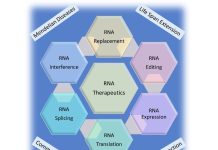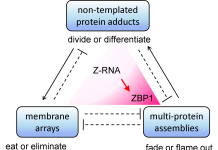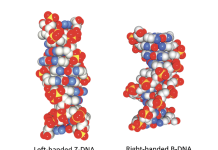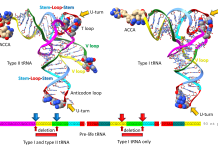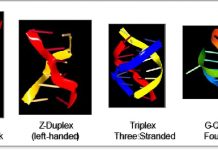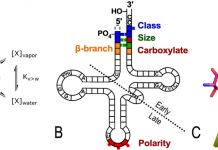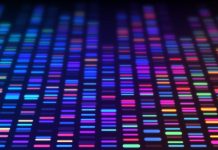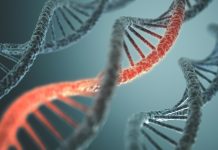Open Access Government produces compelling and informative news, publications, eBooks, and academic research articles for the public and private sector looking at health, diseases & conditions, workplace, research & innovation, digital transformation, government policy, environment, agriculture, energy, transport and more.
Home 2025
Archives
The oncoming tsunami of RNA therapeutics
Alan Herbert, Founder and President of InsideOutBio, discusses the significant advancements in RNA therapeutics, highlighting their role in supporting public health and their transformative potential in modern medicine, particularly for addressing genetic conditions and cancer.
Cellular scaffolding: Crowdsourcing cellular responses in health and disease
In this article, Dr Alan Herbert discusses how different types of cellular scaffolds interact and impact the risk of diseases, citing the example of Z-RNAs pushing cells to inflammatory states in tumors and autoimmune conditions, setting the stage for new therapeutics.
Flipons: The discovery of Z-DNA and soft-wired genomes
Alan Herbert, Founder and President of InsideOutBio, discusses alternative DNA conformations and understanding of their biological functions.
Transfer RNA as a written molecular history of the life transition on earth
Zachary Burton, Ph.D., Professor Emeritus, Department of Biochemistry and Molecular Biology, Michigan State University, reports on tRNA (transfer RNA) as a written molecular history of the pre-life to life transition on Earth ~4 billion years ago.
RNA and DNA flipons in health and disease
Flipons are the next step in DNA research. What they are, their role in DNA and RNA coding, their impact on medical science, and their relation to the immune system are discussed here.
tRNA: The operational RNA code and protein folding
Charles W. Carter, Jr., from the Department of Biochemistry and Biophysics, University of North Carolina at Chapel Hill, relates molecular recognition used in genetic coding to structures of aminoacyl-tRNA synthetases and their cognate tRNAs.
Understanding thermolabile protecting groups for nucleic acid-based drugs
Serge L. Beaucage investigates thermolabile protecting groups for the amine functions of purine and pyrimidine deoxyribonucleosides for the development and implementation of synthetic DNA sequences as nucleic acid-based drugs.
What are the possibilities of DNA and RNA sequences?
Serge L. Beaucage, Supervisory Research Chemist at the Food and Drug Administration discusses his work with DNA and RNA sequences and the groundbreaking impact this technique could have.

